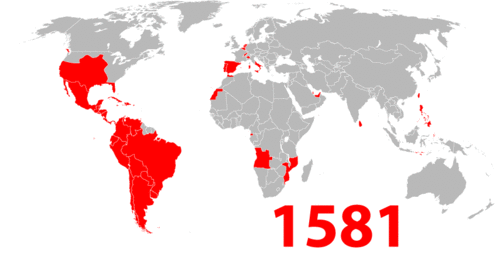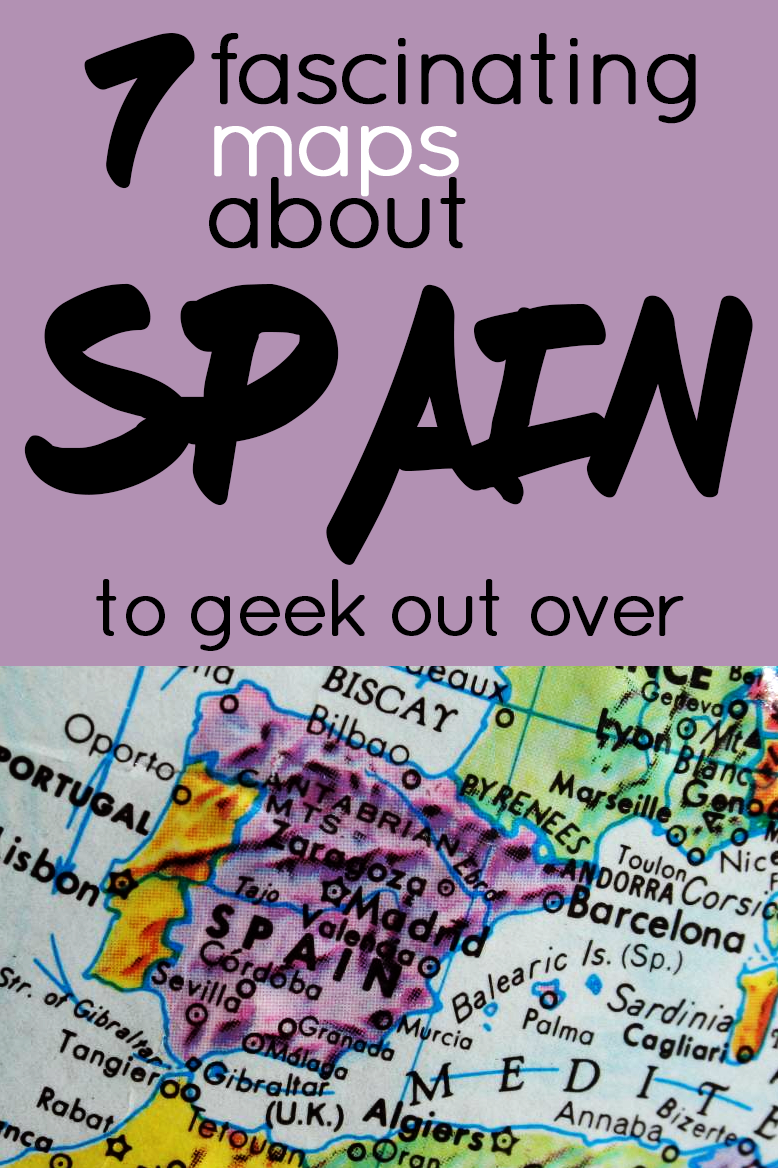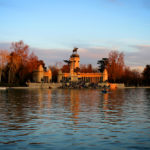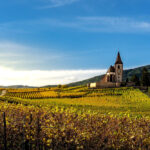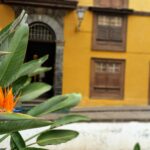7 Fascinating Maps about Spain to Geek out Over
I could probably spend hours on end poring over maps, and the fact that Spain is one of my favorite geographical subjects comes as a surprise to nobody. So without further ado, here are a few of my favorite Spanish maps I’ve stumbled across in my internet travels.
Evolution of Languages in the Iberian Peninsula (credit)
Spain is a country that is still peppered with a wide variety of dialects and independent languages (just where did Basque come from, anyway?), so it’s interesting to see how the languages spoken across the peninsula have evolved over the centuries, as Castilian came to dominate the country.
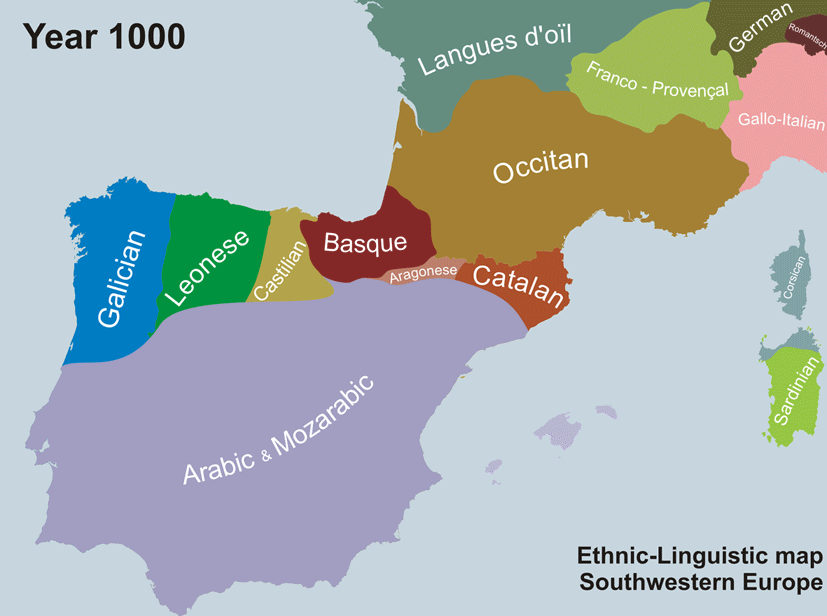
Largest Foreign Community by Province (credit)
As evidenced by the evolution of languages map, Spain has a long history of immigration and mixed cultures. For non-Spanish speakers, brown represents German, blue English, green Portuguese, yellow Romanian, purple Bulgarian, and pink Moroccan. With a population of over 47 million, immigrants still make up a relatively small percentage of Spain, but the country’s cultural makeup is evolving and will certainly continue to look different in years to come.
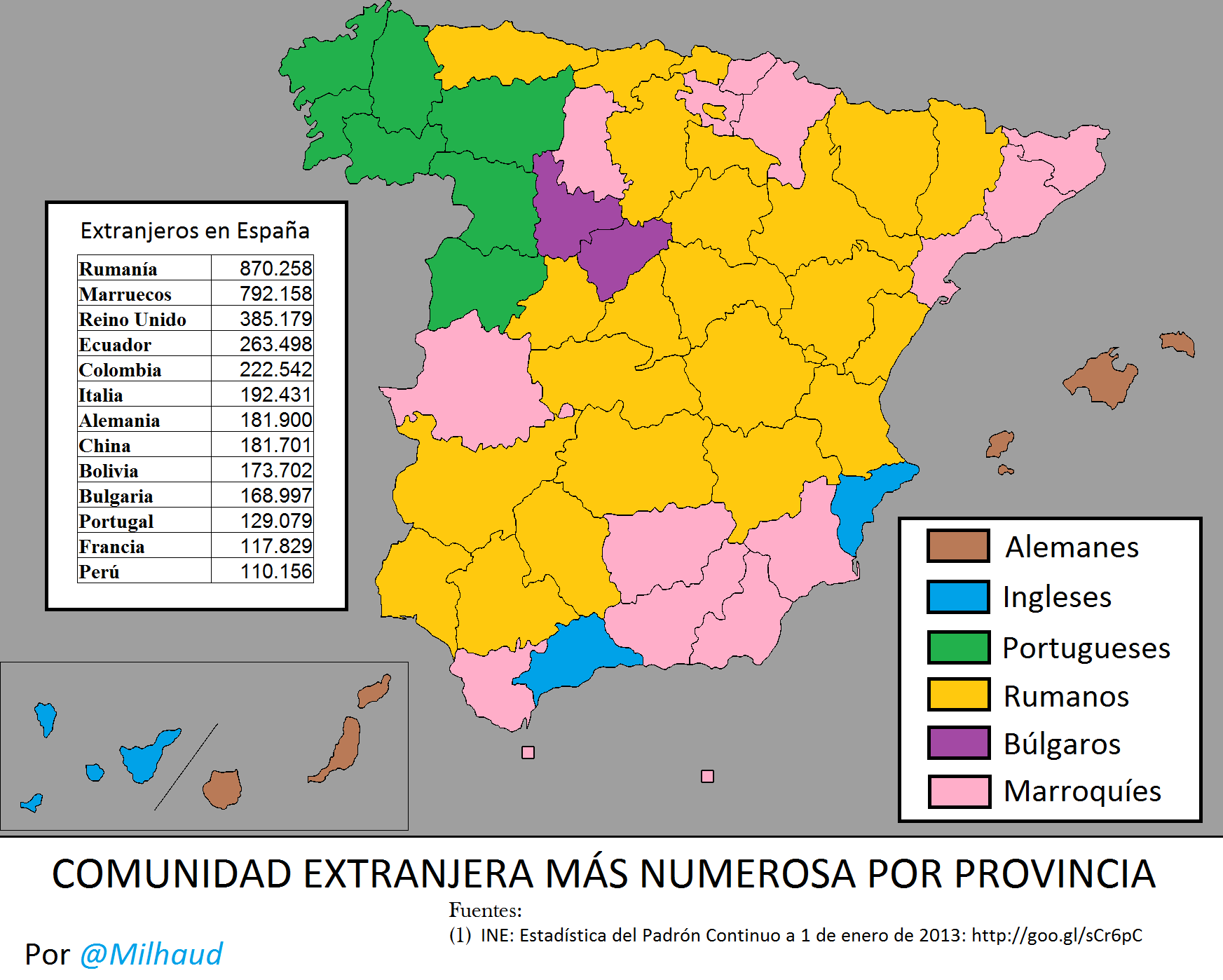
Favorite Soccer Team by Province (credit)
Fútbol rules Spain (my kind of country!), and hardly a week went by when I was teaching English that a student didn’t ask me, “¿De qué equipo eres?” (“Which is your favorite team?” although it literally translates to “Of what team are you?” which seems to imply an even more deeply ingrained alliance than simply being a fan). Real Madrid dominates the country, even in provinces with their own local teams. ¡Hala Madrid!
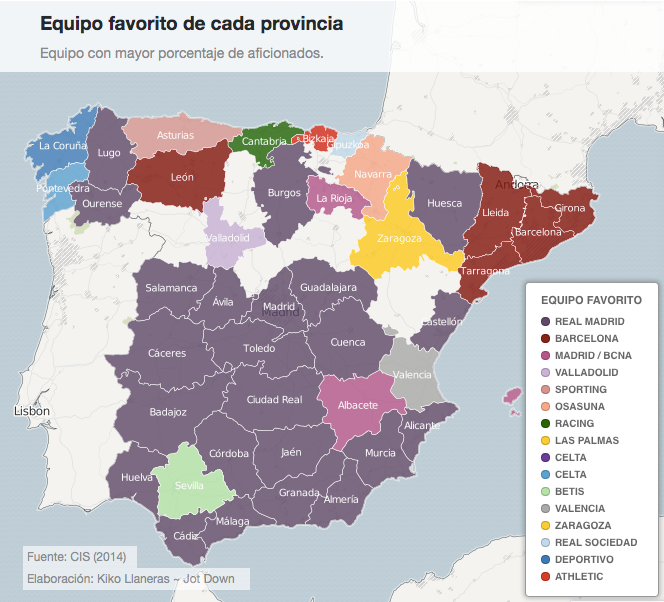
Percentage of Population Born Outside Each Autonomous Community (credit)
The majority of Americans I know fled the state as soon as they graduated from high school, but most Spaniards I met were born and raised in the same area in which they now live. One small village adjacent to where I taught in Andalucía is known for having an accent very distinct from those even a few miles away and a strikingly high population of red-heads, both indicators that the vast majority of the population has stayed put over the last few decades. Not surprisingly, Madrid and the Balearic Islands (Mallorca and Ibiza can be found there) have the highest number of people born elsewhere, while the proud people of Andalucía, Extremadura, Castilla y León, and Galicia often stay close to home. [Edit: Although that is what I anecdotally observed in Madrid versus Andalucía, Manuel pointed out in the comments below that my logic was flawed in interpreting this map! It’s about how many people move into each autonomous community, not out of. Duh!]
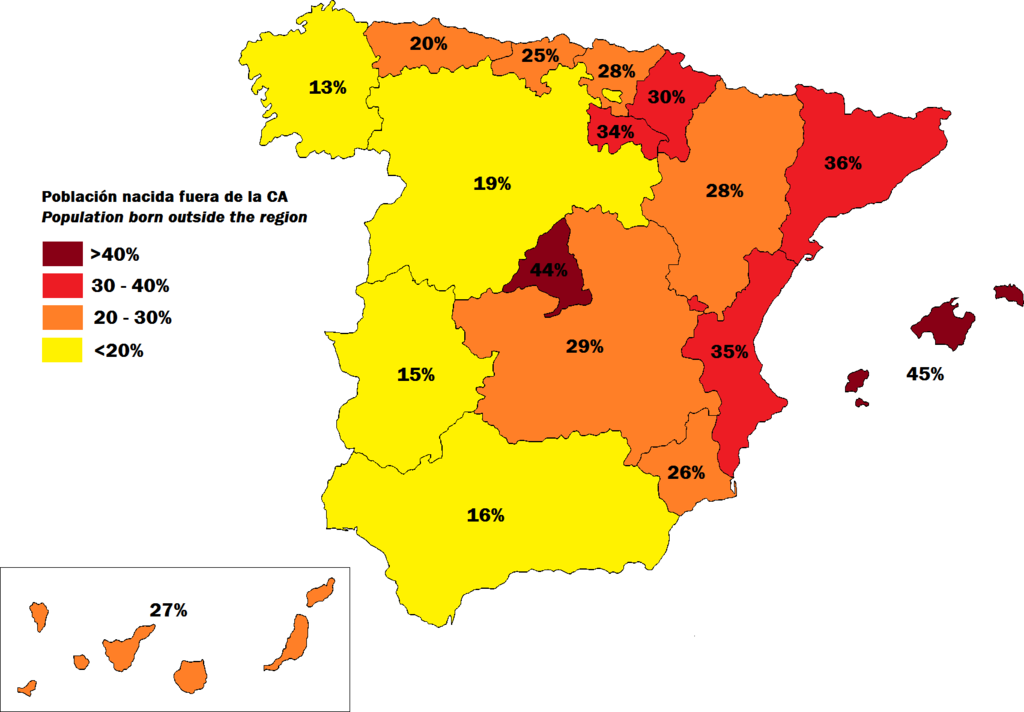
Map of Madrid’s Metro, 1926-1928
Madrid’s metro opened in 1919, and, not surprisingly, it’s grown significantly since then. I love comparing the map of today’s metro to the simple layout it had in the 20s and imagining what Madrid would have been like back in the day.
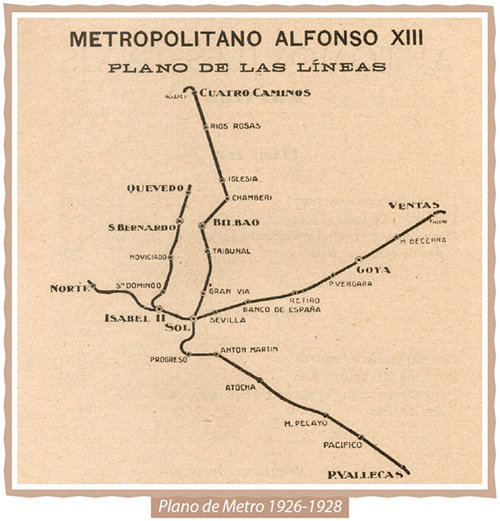
Percentage of Students in Spain Studying Catholic Religion in Public Elementary Schools by Autonomous Community (credit)
Coming from a country where separation of church and state and freedom of religion are a concept that is taken extremely seriously, one of the things I was surprised by teaching in Spain is that public schools offer Catholic religion classes to students. These classes are optional, so the public school system doesn’t impose any religion on students, but it’s still very different from public schools in the U.S.
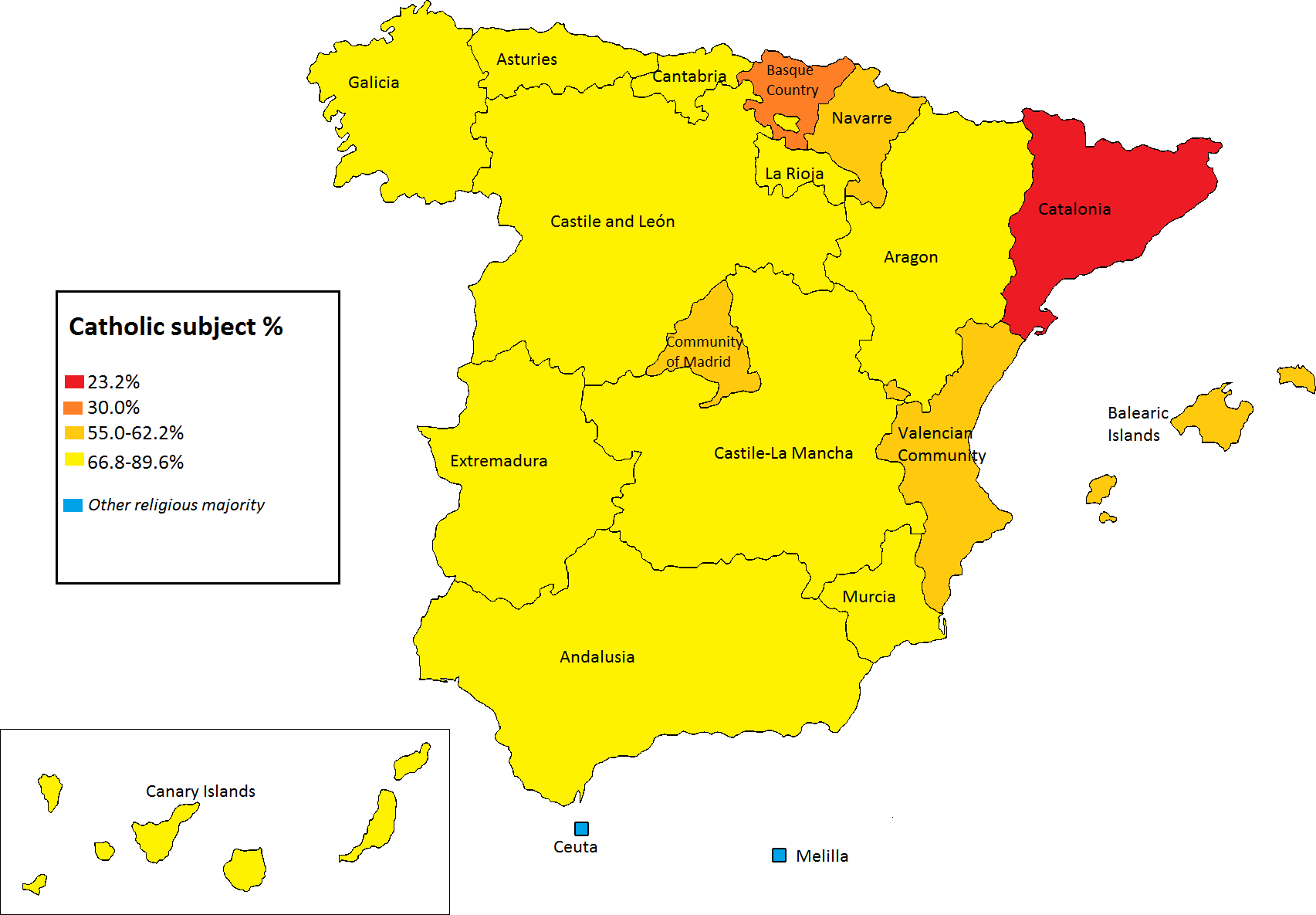
The Old Spanish and Mexican Ranchos of Los Angeles County (credit)
Sometimes I wonder if the Spanish heritage of the area I group up in means I was destined to fall in love with Spain. Anyone who’s been to California knows just how many names of streets, neighborhoods, and cities are in Spanish, and it’s clear how important the Spanish were to the development of the area. L.A. was once divided into various Spanish and then Mexican ranches, and it’s pretty neat to see how those ranches match up with modern-day areas.
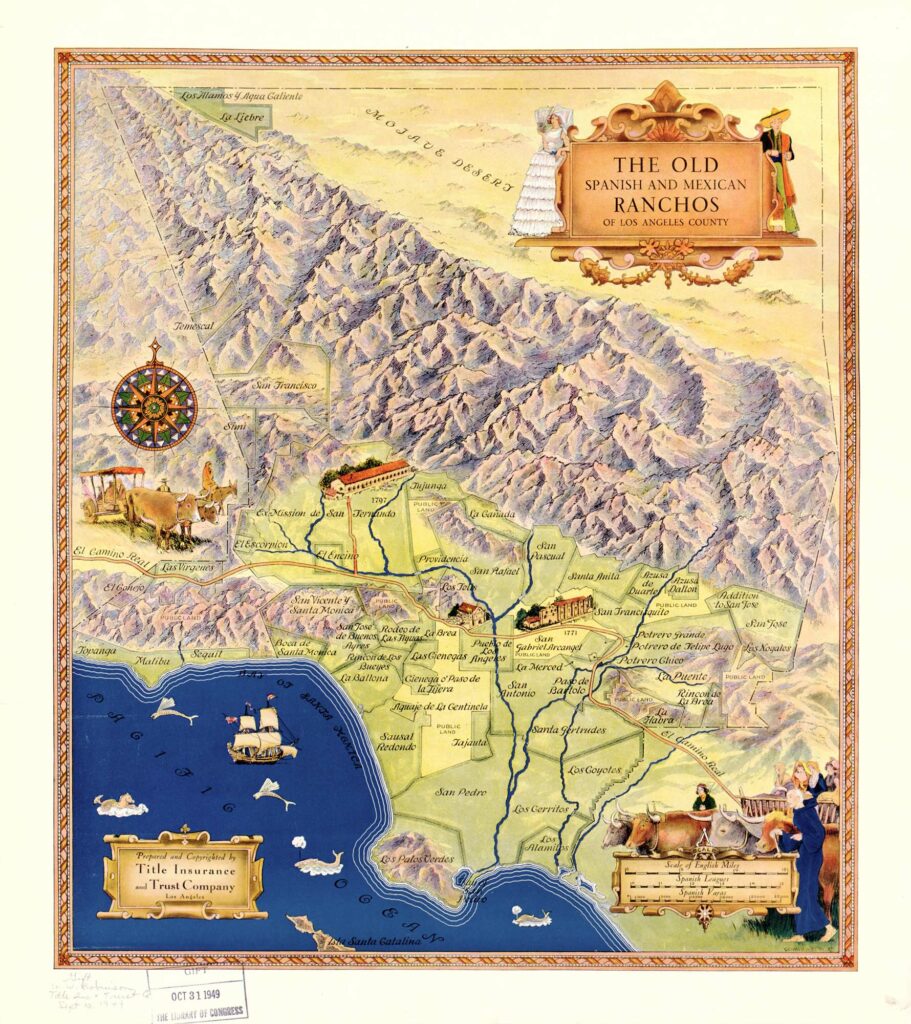
The Decline of the Spanish Empire Since 1581 (credit)
Considering what a relatively small land mass Spain occupies today, it’s amazing how extensive the Spanish Empire was in its heyday. It certainly explains why Spanish is the second most popular language in the world today and why, as mentioned above, we have so much Spanish influence in the U.S. The future projections in this animation don’t make a ton of sense, and, hey Spain, it’s okay, I wouldn’t call it a fail, but I enjoy watching the evolution nonetheless.
